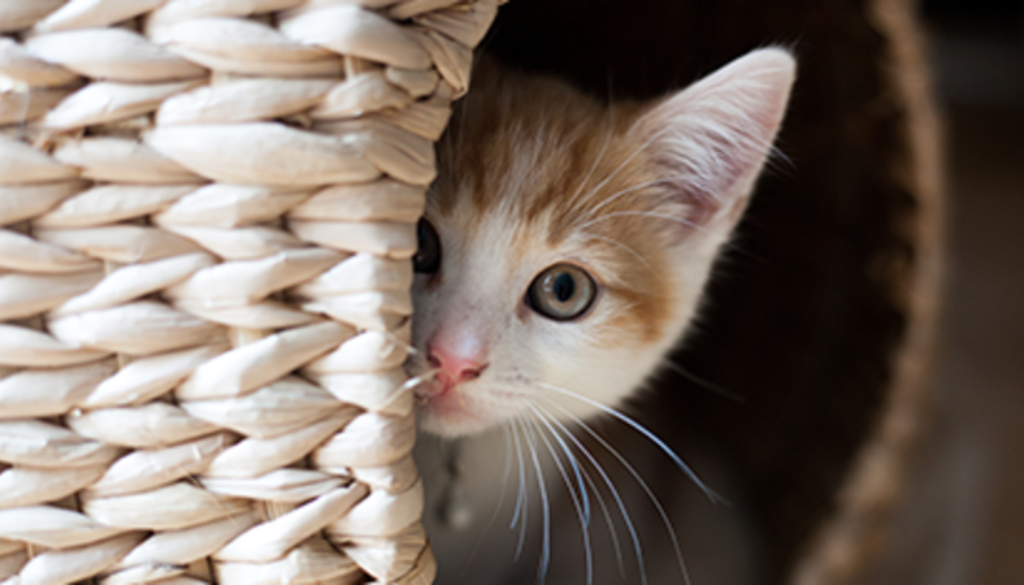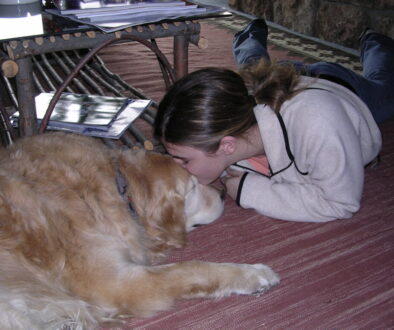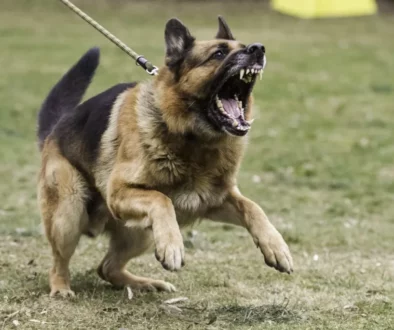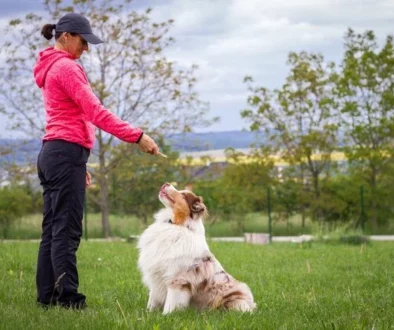Addressing Separation Anxiety in Cats
Cats are known for their independent nature, but just like humans, they can experience separation anxiety when their owners are away. Separation anxiety in cats is a condition that can cause distress and have a negative impact on their well-being. In this article, we will explore the signs, causes, and effective strategies to address separation anxiety in cats.
Understanding Separation Anxiety in Cats
Definition of Separation Anxiety
Separation anxiety in cats refers to the distressing behavior exhibited by felines when they are separated from their owners. This condition can lead to various unwanted behaviors such as excessive vocalization, destructive scratching, urinating or defecating outside the litter box, and over-grooming.
Signs and Symptoms
It is important for cat owners to recognize the signs and symptoms of separation anxiety. Common indications include excessive meowing, pacing, hiding, excessive salivation, panicking when the owner leaves or comes home, and destructive behavior. These behaviors can be distressing for both the cat and the owner.
Causes of Separation Anxiety
Separation anxiety in cats can be caused by various factors. It may develop due to past traumatic experiences, sudden changes in the household routine, or lack of socialization during the kitten stage. Cats who have been abandoned or rehomed multiple times are also more prone to developing separation anxiety.
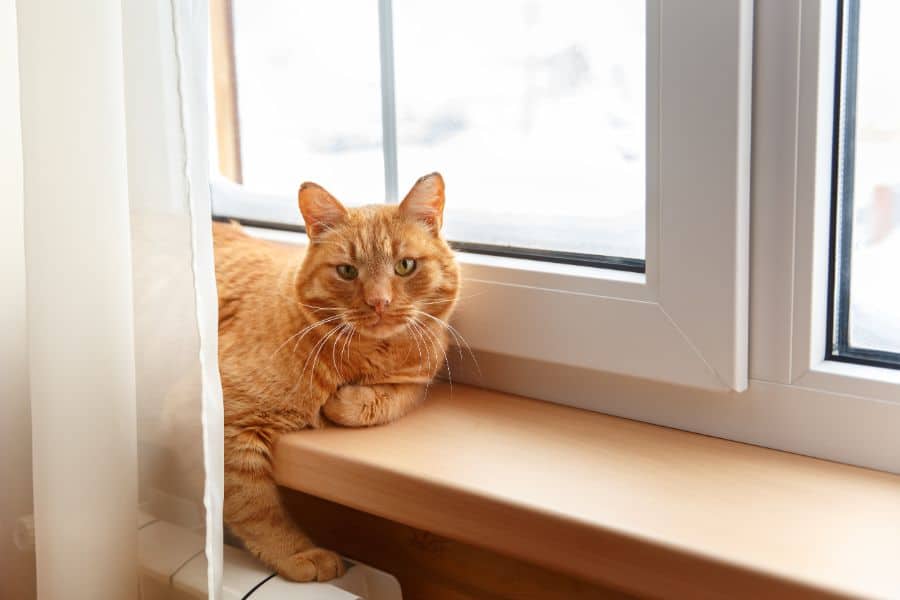
Behavioral Techniques to Help Cats with Separation Anxiety
Gradual Desensitization
One effective technique for addressing separation anxiety is gradual desensitization. This involves gradually increasing the time spent away from the cat, starting with short intervals and gradually extending the duration. This method allows the cat to adjust to being alone and reduces anxiety.
Providing a Safe Space
Creating a safe space for the cat can help alleviate separation anxiety. This can be a specific room or an area of the house where the cat feels secure. Provide comfortable bedding, hiding spots, and toys in this space to create a positive association.
Interactive Toys and Puzzle Feeders
Keeping the cat mentally stimulated during your absence can help reduce separation anxiety. Interactive toys and puzzle feeders can provide entertainment and challenge the cat’s problem-solving skills, diverting their attention from the anxiety-inducing absence of the owner.
Environmental Enrichment
Enriching the cat’s environment with scratching posts, vertical spaces, and toys can help alleviate anxiety. This provides outlets for natural behaviors, such as climbing, scratching, and hunting, which can help reduce stress.
Positive Reinforcement Training
Positive reinforcement training can be used to redirect the cat’s attention and reward calm behavior. Encourage the cat to engage in alternative activities, such as playing with toys or using scratching posts, and reward them with treats or praise when they exhibit calm behavior.
Creating a Comforting Environment for Cats
Scent Therapy
Using calming scents, such as lavender or chamomile, can have a soothing effect on anxious cats. Consider using essential oil diffusers or sprays in the cat’s space to create a relaxing environment.
Background Noise
Leaving the radio or television on can provide a sense of companionship for the cat. The familiar sounds can help reduce feelings of loneliness and anxiety.
Ensuring Predictable Routines
Cats thrive on routine, so maintaining a consistent daily schedule can help reduce separation anxiety. Stick to regular feeding times and play sessions to provide a sense of predictability for the cat.
Providing a Cozy and Secure Space
Ensure that the cat has access to a comfortable space, such as a cozy bed or a hidden spot. This will help them feel safe and secure when left alone.
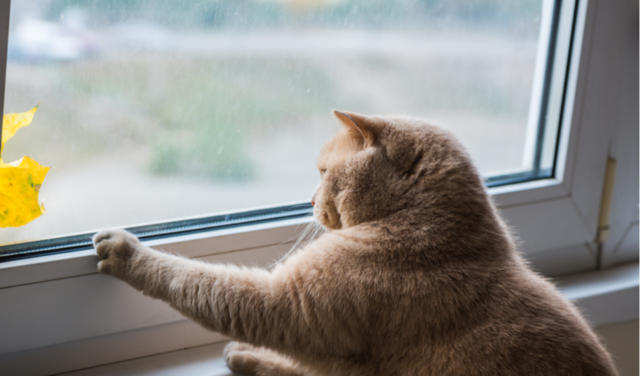
Using Natural Remedies to Reduce Separation Anxiety
Pheromone Therapy
Pheromone therapy involves using synthetic feline pheromones to create a sense of comfort and security for anxious cats. These pheromones mimic the scent that mother cats produce to reassure their kittens.
Herbal Supplements
Certain herbal supplements, such as chamomile or valerian root, can help calm anxious cats. However, it is important to consult with a veterinarian before introducing any new supplements into the cat’s routine.
Aromatherapy
Using specific calming essential oils, such as lavender or bergamot, in a diffuser or spray can help create a calming environment for the cat.
Veterinary Intervention and Medications
When dealing with severe cases of separation anxiety in cats, it is important to consult with a veterinarian. A veterinarian will be able to assess the cat’s condition and provide appropriate recommendations and treatment options.
During the consultation, the veterinarian will conduct a thorough examination to rule out any underlying medical conditions that may be contributing to the anxiety. They may also ask about the cat’s behavior and any recent changes in the household or routine.
Based on their findings, the veterinarian may recommend prescription medications to help manage the cat’s anxiety. These medications are typically used in combination with behavioral techniques and environmental modifications to provide comprehensive treatment.
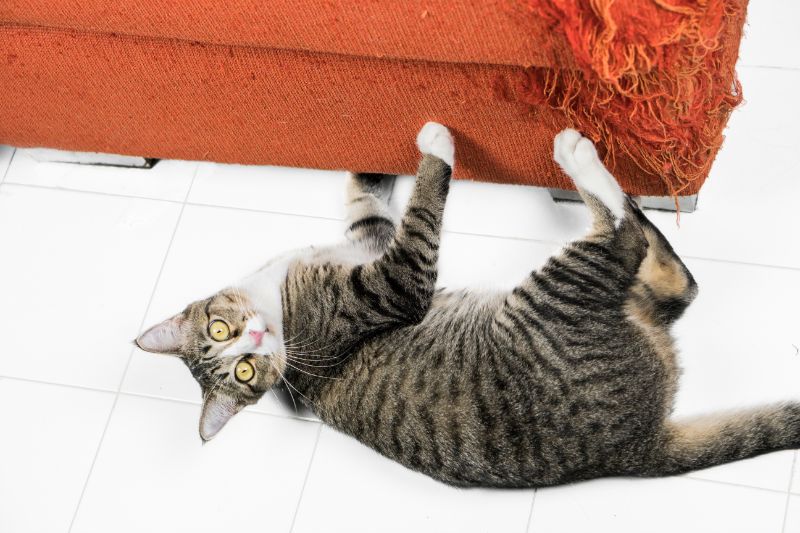
There are various types of medications that can be prescribed for cats with severe separation anxiety. Some common medications include:
- Selective Serotonin Reuptake Inhibitors (SSRIs): These medications help increase the levels of serotonin, a neurotransmitter that helps regulate mood, in the cat’s brain. SSRIs can help reduce anxiety and improve the cat’s overall well-being. Examples of SSRIs used in cats include fluoxetine and sertraline.
- Benzodiazepines: Benzodiazepines are sedative medications that can help alleviate anxiety symptoms in cats. These medications have a calming effect and can be useful in managing acute episodes of anxiety. Diazepam is a commonly used benzodiazepine in veterinary medicine.
- Tricyclic Antidepressants (TCAs): TCAs are another class of medications that can be prescribed for cats with separation anxiety. They work by altering the levels of certain neurotransmitters in the brain, helping to reduce anxiety symptoms. Amitriptyline is an example of a TCA that may be prescribed for cats.
It is important to note that these medications should only be used under the guidance and supervision of a veterinarian. They may have potential side effects and require careful monitoring to ensure their safety and effectiveness. The veterinarian will provide instructions on dosing, administration, and any necessary follow-up appointments.
Addressing Separation Anxiety in Kittens
Separation anxiety can also affect kittens, especially if they have been separated from their mother and littermates at a young age. It is crucial to address separation anxiety in kittens to prevent it from becoming a long-term issue. Here are some strategies to help kittens cope with separation anxiety:
- Gradual Socialization: Introduce kittens to various people, environments, and experiences from an early age. This helps them develop confidence and adaptability, reducing the likelihood of separation anxiety later on.
- Slow Independence Training: Gradually teach kittens to spend short periods alone in a safe and comfortable space, starting from a few minutes and gradually increasing the duration. Provide them with interactive toys and puzzles to keep them engaged while you’re away.
- Positive Reinforcement: Use positive reinforcement techniques to reward kittens for calm behavior during separation. Provide treats or praise when they remain calm and relaxed while you are out of their sight. This helps them associate your absence with positive experiences.
- Environmental Enrichment: Create a stimulating environment for kittens with toys, scratching posts, and elevated surfaces. Providing mental and physical stimulation can help distract them from anxiety-inducing situations.
- Scent Familiarity: Leave an unwashed item of clothing with your scent in the kitten’s safe space. Your scent acts as a comforting presence and can alleviate anxiety.
- Preventative Measures: Plan ahead for times when you’ll be away for extended periods. Consider having a trusted caregiver look after the kitten or opt for a reputable cat daycare facility to provide companionship and supervision.
Helping Multi-Cat Households Deal with Separation Anxiety
Separation anxiety can be particularly challenging in multi-cat households, as cats rely on each other for companionship. Here are some strategies to help alleviate separation anxiety in such households:
- Companion Cat Integration: Introduce a new companion cat gradually, ensuring compatibility and positive associations between the cats. Having a feline companion can reduce anxiety when owners are away.
- Interactive Play: Encourage interactive play sessions with multiple cats using toys like wand toys or laser pointers. Engaging in play together helps foster positive social interactions and strengthens bonds between cats.
- Separate Resources: Ensure that each cat has individual resources, such as litter boxes, food bowls, and resting areas. This prevents competition and reduces stress among cats.
- Vertical Space: Provide vertical spaces like cat trees or shelves, allowing cats to climb and perch. Vertical space promotes territorial security and creates additional areas for cats to retreat to when feeling anxious.
- Calming Methods: Utilize pheromone diffusers, such as Feliway, throughout the home to create a calming environment for all cats. These synthetic pheromones mimic the natural scent cats use to mark their territory and can help reduce anxiety.
- Professional Behaviorist Consultation: If the separation anxiety persists or worsens despite implementing these strategies, consider seeking guidance from a professional veterinary behaviorist. They can provide personalized advice and develop a comprehensive treatment plan for the multi-cat household.
By addressing separation anxiety in kittens and implementing strategies to help multi-cat households, owners can create a more peaceful and harmonious environment for their furry friends. Always observe and monitor their behavior closely, making adjustments based on individual needs and responses.
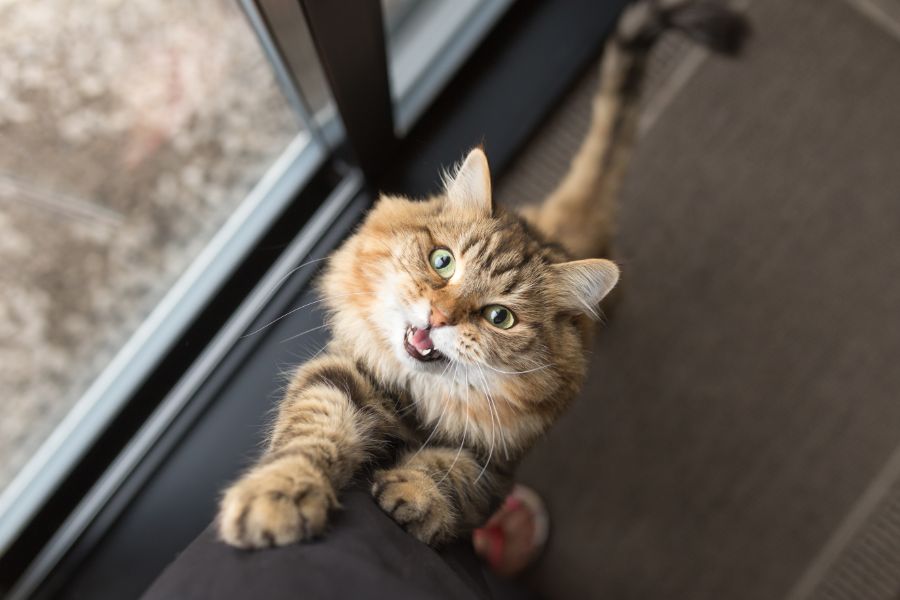
Conclusion
Separation anxiety in cats is a distressing condition that can have a significant impact on their well-being. By understanding the causes and signs of separation anxiety, implementing behavioral techniques, creating a comforting environment, and utilizing natural remedies, owners can help alleviate their cat’s anxiety and improve their overall quality of life.
Also Read:
Pet Care Tips for Cats for Beginners
Pet Care Tips for Dogs for Beginners
